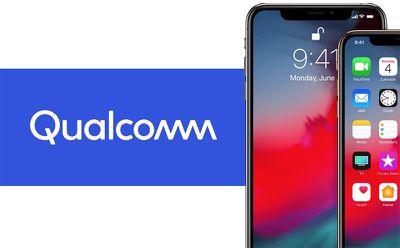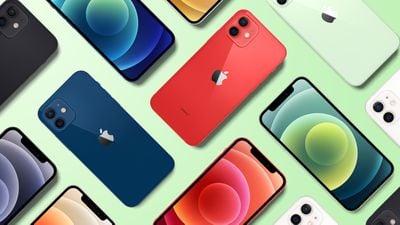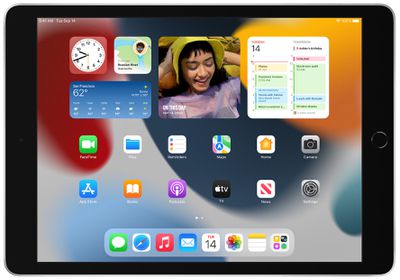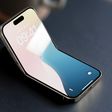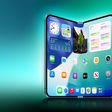It appears "increasingly likely" that Apple will launch a new 13-inch MacBook with an OLED display in 2024, according to display industry analyst Ross Young. In a tweet shared with his Super Followers today, Young said the notebook is expected to be a new MacBook Air, but he said there is a possibility it will have other branding.
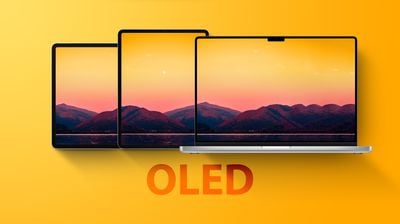
Young, who has accurately revealed a range of display-related information for the iPhone 13 Pro, iPad mini, MacBook Pro, and other devices, also expects Apple to release new 11-inch and 12.9-inch iPad Pro models with OLED displays in 2024.
In another tweet shared with his Super Followers, Young said the OLED displays in all three new devices will adopt a two-stack tandem structure, in which there are two red, green, and blue emission layers, allowing for increased brightness and lower power consumption. OLED displays also do not require backlighting for further power efficiency.
Young said all of the devices will adopt LTPO display technology for a variable refresh rate between 1Hz and 120Hz, a feature that Apple calls ProMotion. All iPad Pro models released since 2017 already feature ProMotion, but the refresh rate can only drop as low as 24Hz, while ProMotion would be all new to the MacBook Air.
Apple is currently focused on transitioning its Mac and iPad lines to LCD displays with mini-LED backlighting, and OLED displays would be the next step. Unlike mini-LED displays, OLED panels use self-emitting pixels and do not require backlighting, which could improve contrast ratio and further contribute to longer battery life.


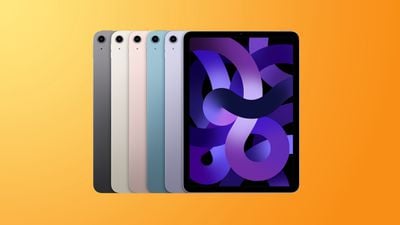 Note: MacRumors is an affiliate partner with Amazon. When you click a link and make a purchase, we may receive a small payment, which helps us keep the site running.
Note: MacRumors is an affiliate partner with Amazon. When you click a link and make a purchase, we may receive a small payment, which helps us keep the site running.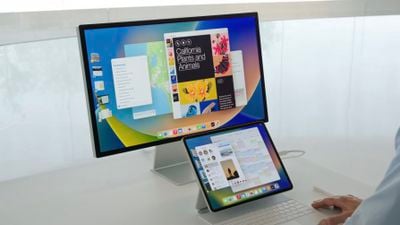
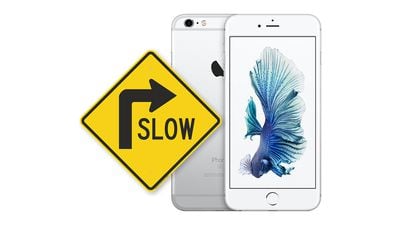
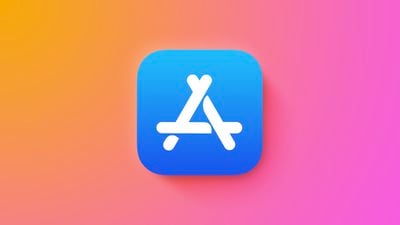

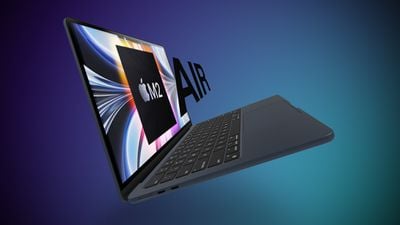
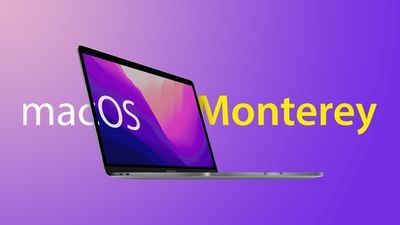
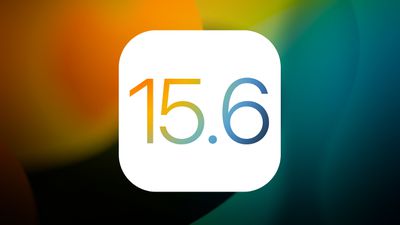
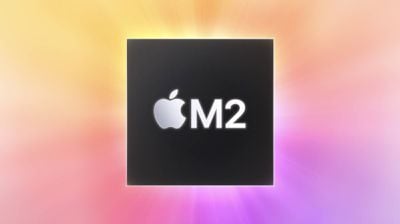
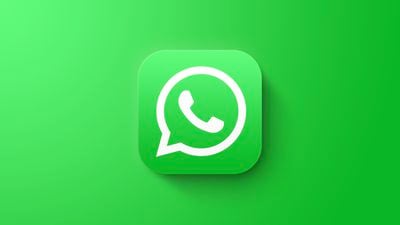
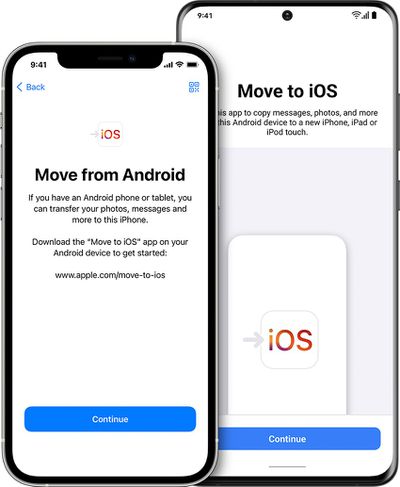
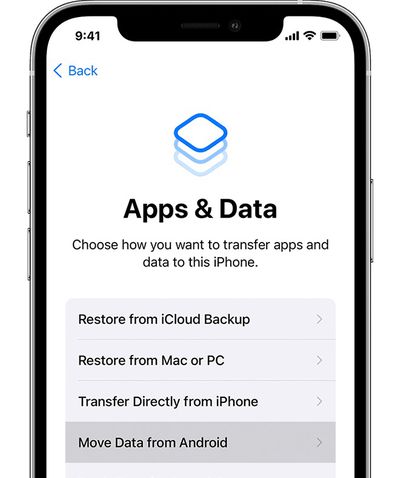

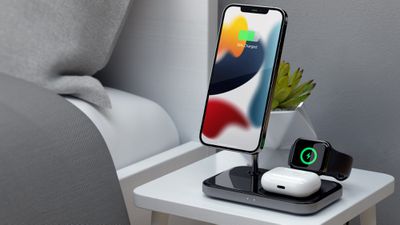 Note: MacRumors is an affiliate partner with Satechi. When you click a link and make a purchase, we may receive a small payment, which helps us keep the site running.
Note: MacRumors is an affiliate partner with Satechi. When you click a link and make a purchase, we may receive a small payment, which helps us keep the site running.